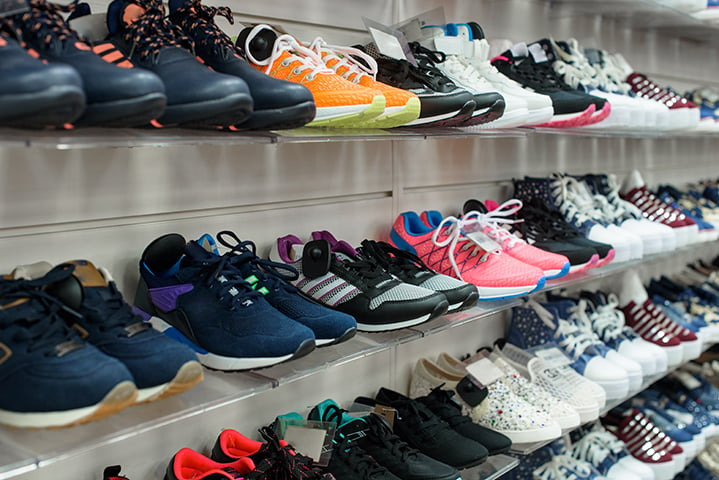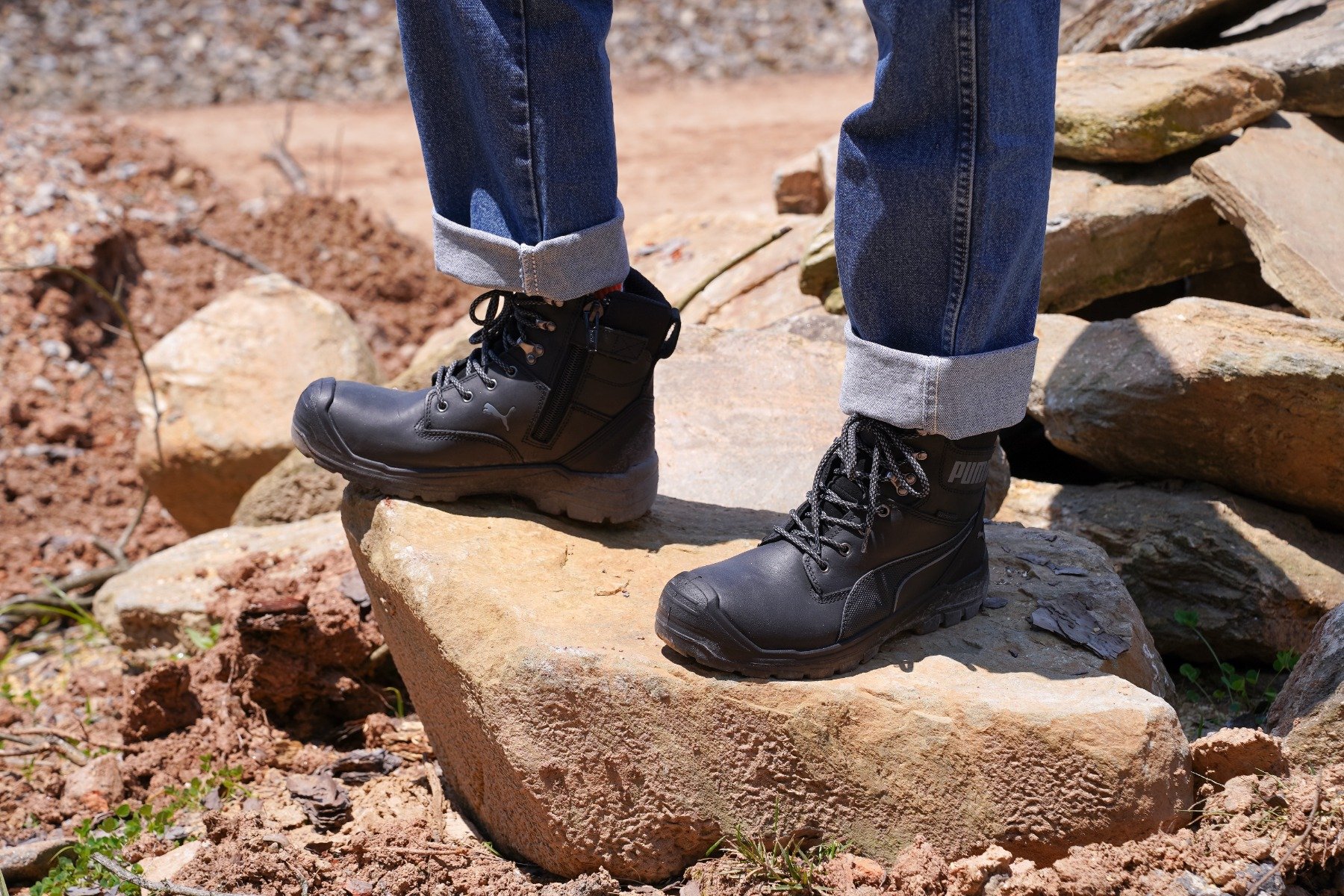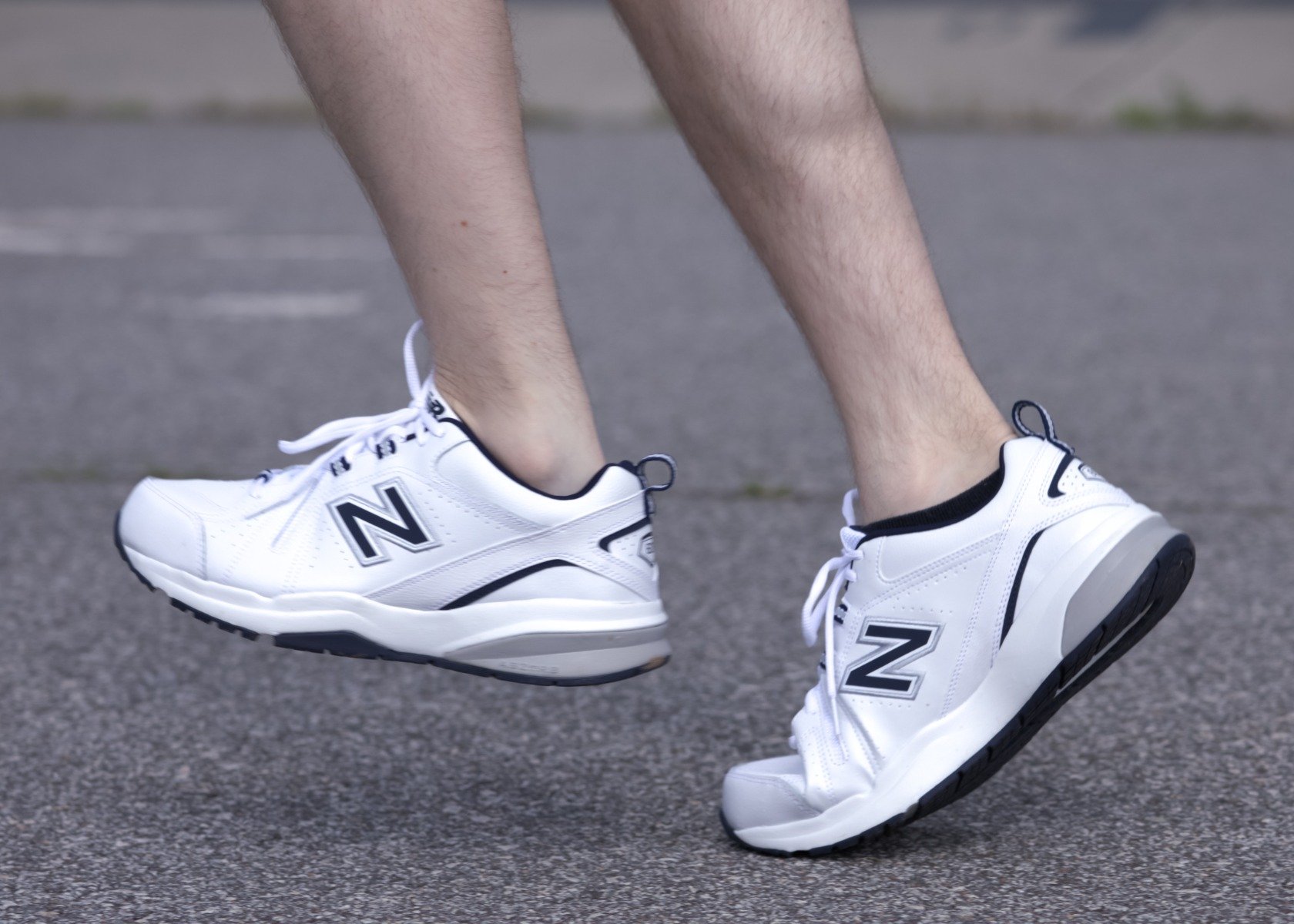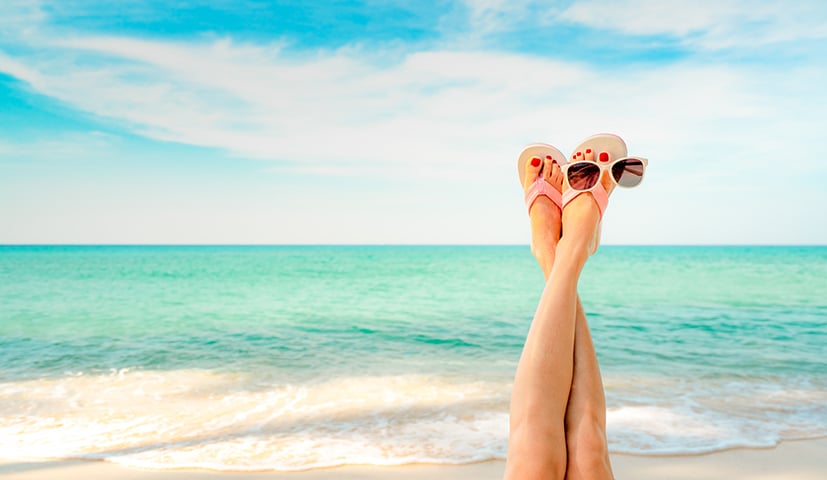Having the right pair of athletic shoes for your feet is essential for any exercise, especially running. If you are a dedicated runner, investing in a pair of shoes designed specifically for the gait and biomechanics of runners is the first step towards reaching your goals – and avoiding unnecessary setbacks or injuries.
Types of Running Shoes
Running shoes are footwear exclusively designed to assist you in preventing injury and improving your running performance. Made with a thicker heel to absorb impact and a heel-to-toe drop that corresponds to the natural gait cycle of running, running shoes are designed to feel like an extension of your feet – but with enhanced protection.
However, it’s important to know that different types of running shoes offer different advantages. Following are four of the most popular types of running shoes:
Lightweight Shoes
Lightweight footwear is necessary if you participate in competitive speed training or racing as these types of shoes lessen the force your feet exert on the ground. Less foam and cushioning materials are used in the design of lightweight shoes, allowing for a more natural and dynamic action of the feet. These, however, shouldn't be used for general training because they lack the added support and stability.
Motion Control Shoes
Motion control shoes are typically advised for runners with flat feet, larger bodies or for those with severe overpronation. In addition to arch support in the midsole, these shoes usually have some additional heel cup support and other features to stop the foot from rolling during each step. The soles of motion control shoes are often wider, stiffer and heavier than a neutral or stability shoe.
Stability Shoes
Stability running shoes are best for overpronators. These shoes are designed to support the arch of the foot, providing greater support through the midsole that may also extend into the heel. The shoes can be slightly stiffer and heavier than a neutral shoe.They provide additional ankle and arch support throughout the gait cycle, which can help prevent or lessen excessive pronation.
Minimalist Shoes
The goal of a minimalist shoe is to provide a “less shoe, more you” experience. These shoes simulate jogging barefoot by removing additional padding, lowering the heel so the sole is almost flat and opening the toe box so your toes can spread out.
While you shouldn't expect much support from this kind of running shoe, you should expect to engage your feet more and strengthen the muscle fibers that get neglected in more supportive shoe styles.
What Running Shoes are Right for You?
A proper running form depends on finding the shoes best for your physique and fitness goals. Here’s what you should consider:
- Carefully Select The Cushioning: Cushioning is almost always present in running shoes. Even more cushioning can be added by using insoles and orthotics. The quantity of cushioning in your shoe affects the stack height—the gap your shoes create between your feet and the ground.
- Prioritize Shock Absorption: Choosing a pair of shoes with strong shock absorption is crucial since runners must be able to resist the force of continuous, high-impact activity on their feet and legs.
- Find an Adequate Toe Box: Your shoe's toe box shouldn't be overly tight or loose because either extreme can result in blisters and other discomforts.
By selecting the right running shoes, you can help prevent common injuries. minimize the force of each stride, and protect the foot from harsh landings – all while enhancing your performance. Ready to hit new PRs? Shop the top running shoes for men and women from Houser Shoes.






